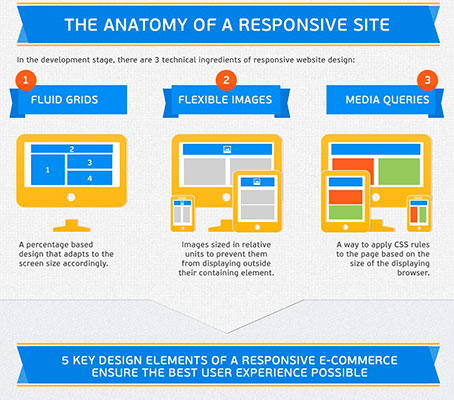Website Style Basics: Tips For Structure A User-Friendly Site
Website Style Basics: Tips For Structure A User-Friendly Site
Blog Article
Article Created By-Le Ehlers
When it involves web site layout, making sure user-friendliness is essential. From responsive style to streamlined navigation, every aspect plays a critical role in producing a site that deals with your target market's requirements. However what regarding the finer details that can make or damage an individual's surfing experience? Keep tuned as you could look here reveal some often-overlooked tips that can raise your web site's use to the following level, making it genuinely attract attention in the electronic landscape.
Importance of Responsive Style
Responsive layout is an essential aspect of modern web site advancement. Ensuring your site is receptive ways that it can adapt to different screen sizes and tools, providing a smooth experience for users.
With the raising use smart devices and tablet computers to access the web, having a receptive design is necessary for reaching a larger target market. It assists in improving customer experience by making your website simple to navigate and read on any gadget.
Furthermore, responsive style can favorably influence your internet search engine rankings, as search engines like Google prioritize mobile-friendly sites. By having a receptive layout, you're likewise future-proofing your internet site, as brand-new gadgets with differing screen sizes remain to emerge.
Simplify Navigating Structure
To enhance user experience and promote simple accessibility to info on your web site, enhancing the navigation framework is critical. When making your site, focus on producing a clear and instinctive navigating menu that assists visitors locate what they're looking for rapidly.
Limitation the number of menu products to the fundamentals, organizing associated pages together to avoid overwhelming users. Usage descriptive labels that plainly show the content of each web page, making it less complicated for individuals to comprehend where each web link will take them.
Think about implementing dropdown food selections for subcategories to prevent littering the primary navigation bar. In addition, include a search bar plainly on the page for individuals that favor looking for particular details.
Focus on mobile responsiveness in your navigating style to guarantee easy access on all tools.
Enhance Page Tons Rate
Improving web page lots speed is important for maintaining visitors on your website. Slow-loading web pages frustrate customers and can cause high bounce prices. To optimize page load speed, begin by maximizing pictures. Press pictures without endangering quality to lower their file dimensions.
Additionally, make it possible for browser caching to keep frequently accessed resources locally, quickening load times for returning visitors. Minify CSS, JavaScript, and HTML files by removing unneeded personalities, remarks, and format, improving load rate.
Think about using a content delivery network (CDN) to distribute your internet site's web content throughout multiple servers worldwide, minimizing latency for individuals accessing your site from different locations. Lastly, limit using third-party scripts and plugins, as they can substantially impact tons times.
Final thought
Finally, by integrating responsive design, streamlining navigation, and maximizing web page load speed, you can create an user-friendly internet site that appeals to a bigger target market and enhances individual experience. click this over here now guarantee that site visitors can quickly accessibility and browse your website throughout different gadgets, leading to boosted interaction and complete satisfaction. By focusing on these crucial facets, you can build a successful site that keeps users returning for more.
